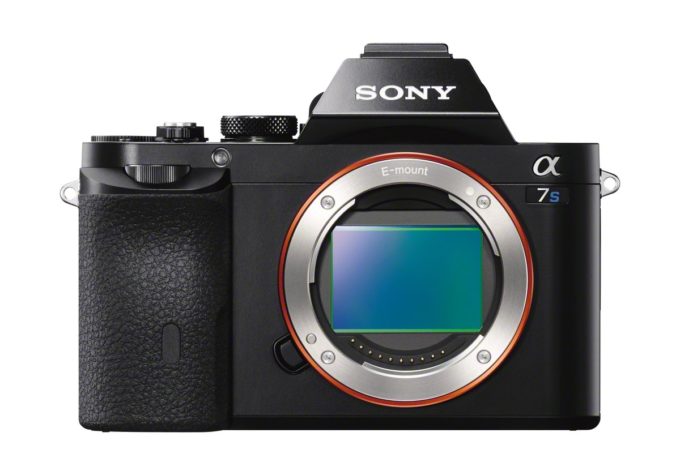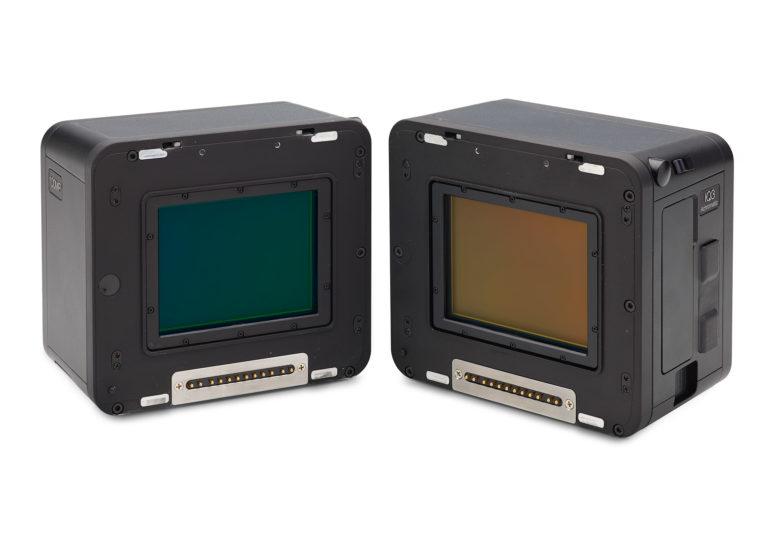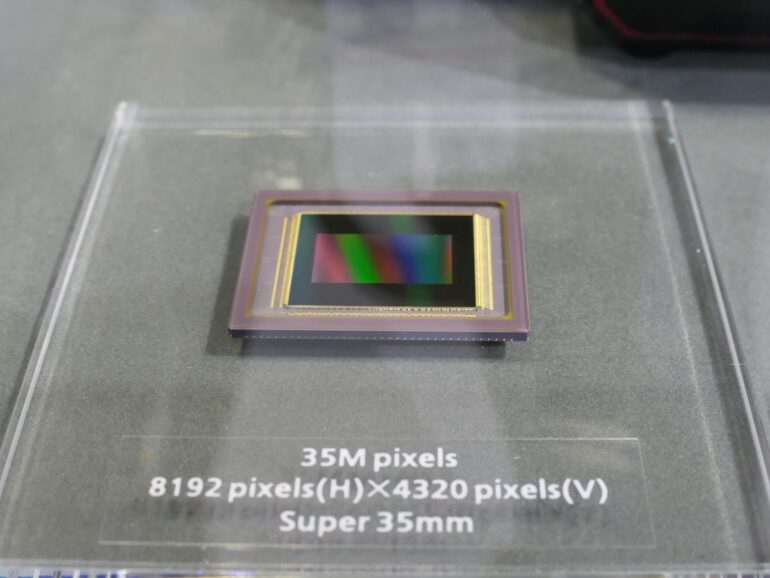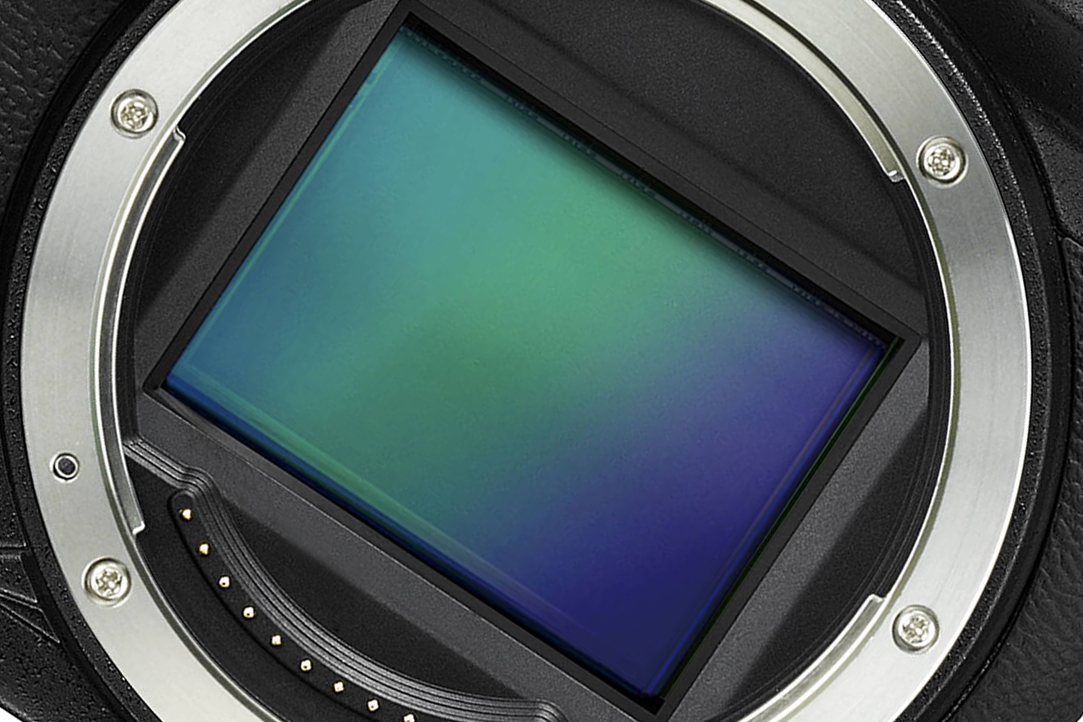On reading this title, the first question that may have crossed your mind is – why? It’s almost like car enthusiasts saying there needs to be more engine manufacturers in the industry. While I’m not saying it’s a monopoly, camera sensor manufacturing is mainly done by a handful of companies these days. And a single one among them accounts for probably more than half of that production. They’re doing pretty well to keep up with the manufacturing demands for sensors. But it would be great for the industry if a few more players decide to get involved. Good competition is excellent for consumers and helps keep manufacturers on their toes.
Who Are The Leading Sensor Manufacturers

Here’s something that might surprise you – your favorite camera brand probably doesn’t manufacture the sensors that go into their cameras. They definitely have a lot of say in the specs that go in there. By and large though, many of them outsource the manufacturing of those sensors. Often to companies that are their direct competitors in the market. Sort of like the Mercedez-Benz Group asking BMW to churn out the engines that go into their flagship S-Class cars. It’s not like camera brands also made the film you used in their analog cameras. So are some of us surprised that the sensors inside our cameras haven’t also been made by them?
Research firm Omdia states (in this article by Korea Electronics Industry Media, that Sony is the leading CMOS sensor supplier. They hold more than half the market share, with 51.6% of CMOS sensor manufacturing. Of course, this isn’t limited to the sensors used in DSLRs and mirrorless cameras. But it gives you an indication of just how invested they are in sensor production technology. Samsung (who had tried their hand at consumer cameras and who we once wished would return) is 2nd, with a mere 15.6%. The average photography enthusiast probably hasn’t heard of the following three on the list, which are Omnivision, Onsemi, and GalaxyCore.
Where’s Your Favorite Brand

At this point, you might be wondering why Canon, Nikon, Fujifilm, and others aren’t anywhere near the top. A large part of this has to do with the core business activities of these companies. It only makes sense for them to be involved in the production of sensors if they are actively selling them to others too. And that’s a tough ask in a market that already has established players for some decades now. To you and me, a camera is a unit that helps make memories. But the sales of camera sensors aren’t limited to consumer cameras alone. Surveillance, medical imaging, aerospace, automotive, and many other industries need sensors that are heavily customized to the different types of cameras required to run their lines of work and sell products that use these sensors.
The Imbalance Could Be Evened Out

According to reports by Japanese IT publication MONOist, Panasonic Corporation (makers of the fantastic Lumix S5 II camera) is developing a CMOS organic sensor. When I hear the word “organic,” my mind instantly thinks of the food industry. So what is an organic CMOS sensor exactly, and how will it be any better than the sensors in leading cameras today?
According to Kazuko Nishimura, section chief of the Material Application Technology Center at Panasonic’s technology division, an organic CMOS sensor does actually have organic parts to it. A 0.5 μm-thick organic film separates the photoelectric conversion section from the charge storage section in this type of sensor. Such films have a higher light absorption coefficient than regular sensors. By replacing the conventional photodiode with a thinner organic film, you can separate the previously integrated photoelectric conversion and charge storage sections. It’s also possible for such sensors to handle light spectra that are closer to infrared wavelengths.
This Might Be Widely Adopted In The Near Future
The organic CMOS sensor from Panasonic can support global shutter cameras, which would undoubtedly endear it to many camera manufacturers. Panasonic has been exhibiting this kind of tech worldwide in recent years. But this recent report is the first indication that they might soon be ready to mass produce such sensors. Given that it doesn’t necessarily have to be limited to consumer cameras, Panasonic might find itself challenging Sony and Samsung soon. This can only be a good thing, given that it will push the others to innovate and catch up as well.
Honestly, I hope that more brands decide to take innovative steps like this. It would only mean that camera and sensor technology improves at a much faster rate. I would agree that it’s already probably exceeded the kind of growth we anticipated since the advent of digital cameras. An entry-level consumer camera today can take better pictures than a 2010 flagship. But who would have even thought of something like an organic sensor a few years ago? I do feel that it would be of the utmost benefit to camera brands if they controlled all the production that went into their cameras. And if even just one more brand for now decides to do this, I think it would pay off in the long run greatly.


